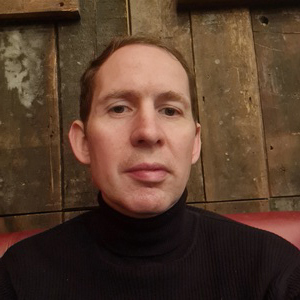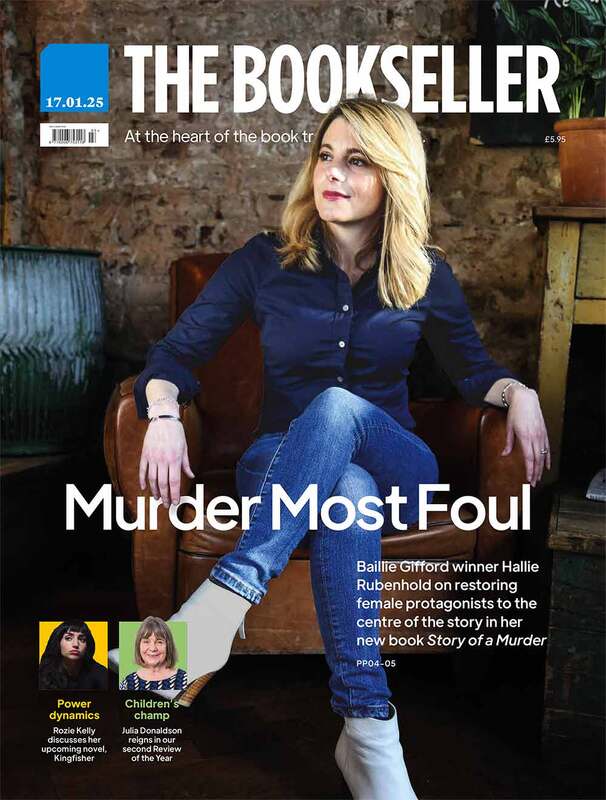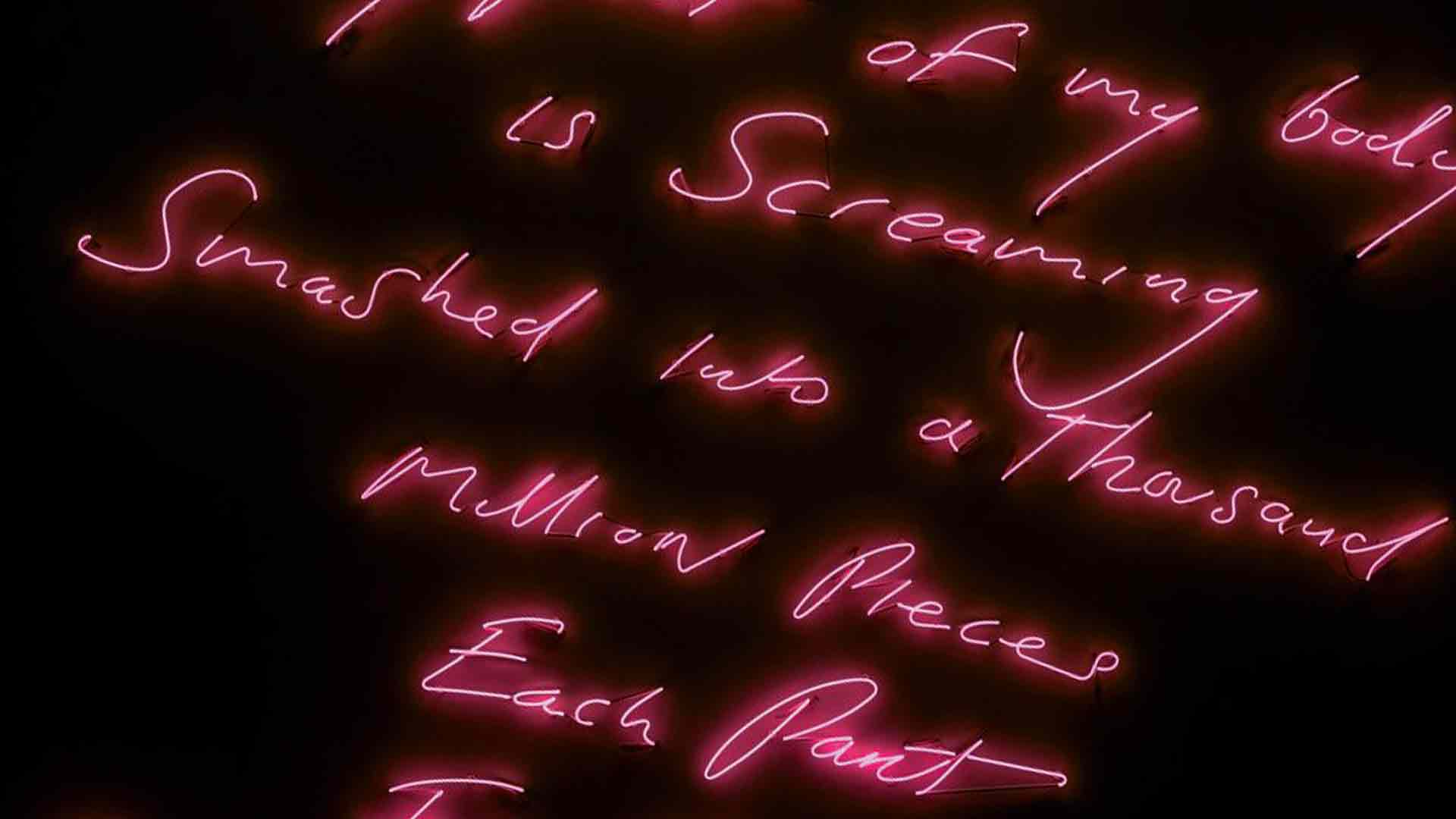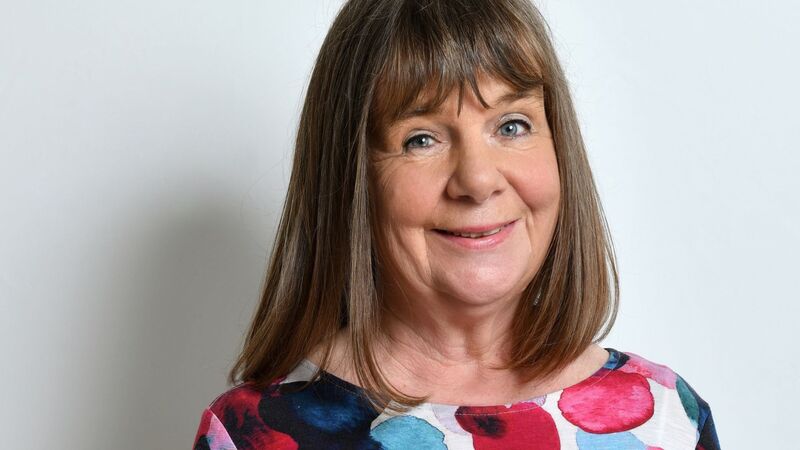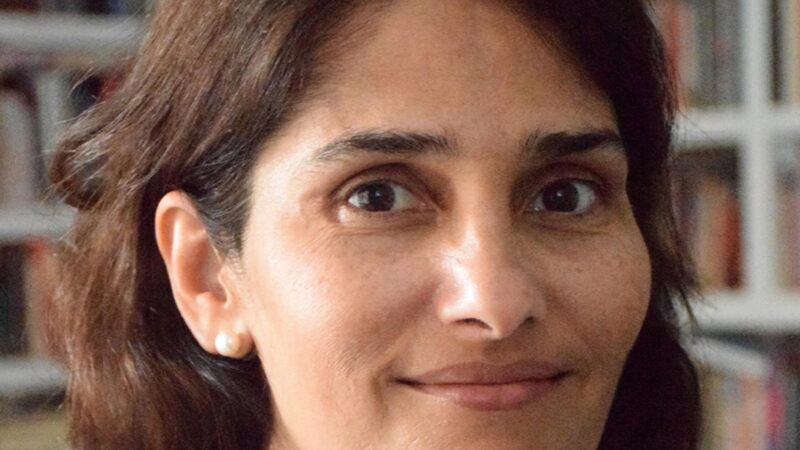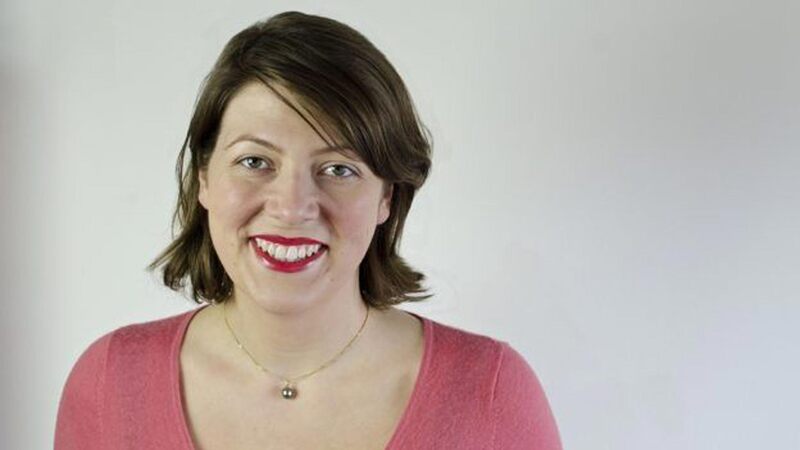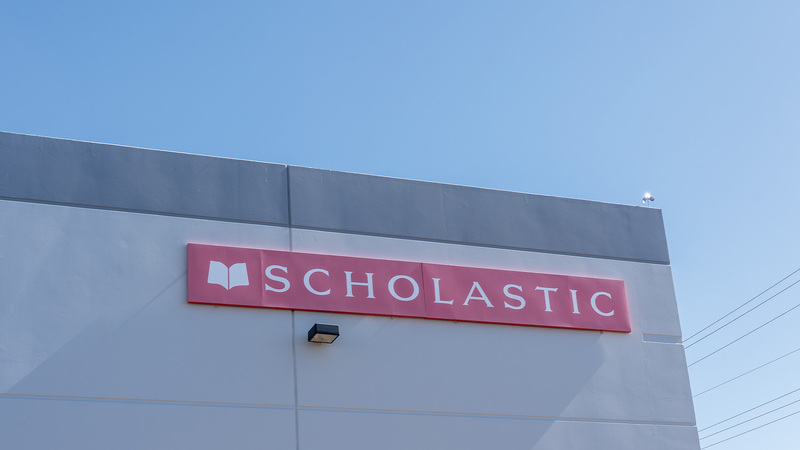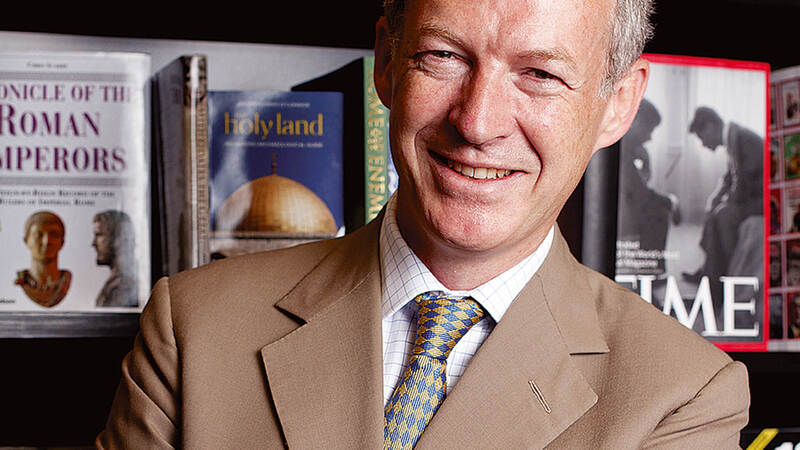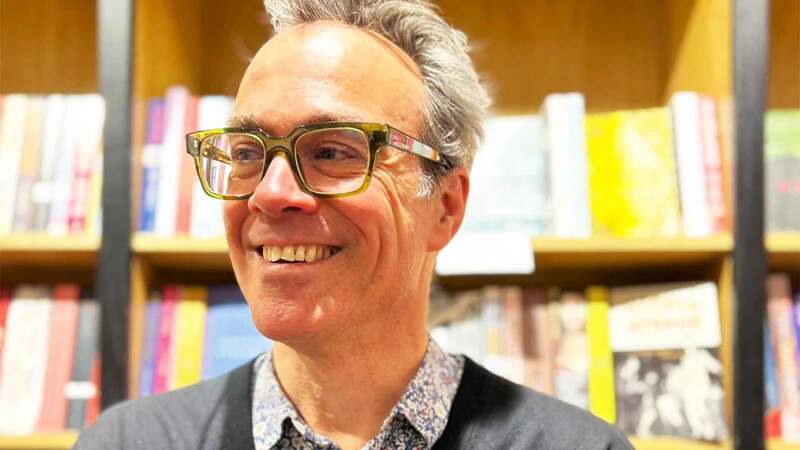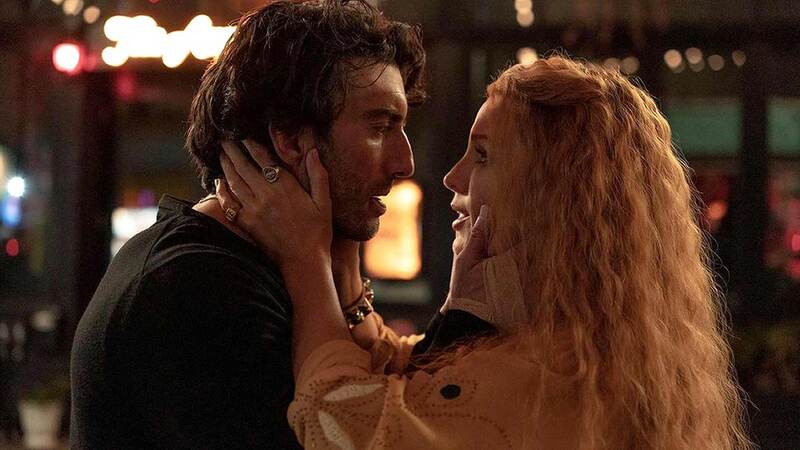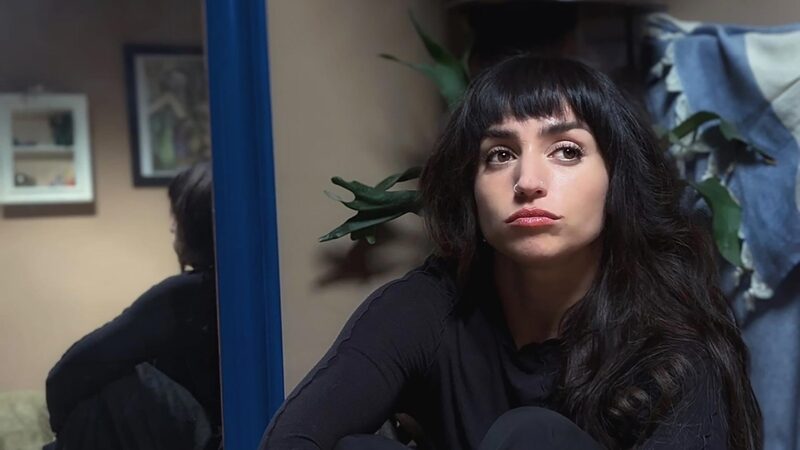You are viewing your 1 free article this month. Login to read more articles.
Words from the art
Poetry is all over the art world, and publishers should be paying attention.
There’s a new generation of artists collapsing the binary between visual art and writing. Poetry runs through their creativity like an unbridled spillway. Yet while enticing visitors to galleries, or captivating audiences through performance, the literary side of many artists is yet to draw the attention of the literary world. Publishers and literary organisers should look in this direction to add lustre to their lists and to entice new readers and audiences.
It’s not widely known that Pablo Picasso took a year out from painting to write poetry. His grounding in the literary arts came from his friendship with the most inventive poet of modernism: Guillaume Apollinaire. The two men were useful to each other, evidenced in the near-200 letters they exchanged. It was Apollinaire’s words as a critic, reviewer and coiner of "isms" that helped to establish Picasso’s reputation, with the poet inventing the term "Surrealism" in 1917.
For Apollinaire, Picasso was the creator of a new kind of art that developed further possibilities for poetry. Picasso’s decision to glue newspaper clippings to his paintings directly influenced Apollinaire’s poem "Zone", which included headlines and advertisements from the streets. "I too am a painter", Apollinaire wrote, shaping his texts into images in a new genre he called Calligrammes. The border between the art forms had collapsed.
Next came New York, with the confusingly named "New York School" throwing away the curriculum as poets and artists mixed up ink and paint to experiment with new ways of making and writing. The artist Joe Brainard experimented with drawing, painting and collage through which he designed album covers, theatre sets and provided book covers for poets. But it’s for a poem that he’s best remembered. "I Remember" recounts his childhood in Oklahoma and his life in 1960s and 1970s New York. The fact you can read the poem on the Frieze website tells you everything you need to know about the free flow between image and text that this period encouraged. "I remember regretting things I didn’t do… I remember when ’beehives’ really got out of hand."
These experiments in America had a huge impact on the aesthetic of British poets of the same period, but then came the visual art explosion of the 1980s and sunflowers had never been so expensive. Visual art interacted with the capitalist market in ways that would have even surprised Picasso, who was on his way to having a car named after him. Charles Saatchi, an advertising executive who made his fortune in the Thatcher years, bought, exhibited and promoted conceptual art by the Young British Artists, a group which included Tracey Emin. The YBAs weren’t known to blush at the lure of money, but they also knew there was something more in poetry than cash: cachet.
With the number of people visiting galleries at least once a year having increased by more than 20% in the last two years, there’s never been a better time for publishers to get involved with artists who write
Emin’s "Love Poem" begins: "You put your hand / Across my mouth / But still the noise / Continues" and is available in an edition of 100, embroidered onto cloth. Or was: the run from Counter Editions sold out at £5,000 each. The neon version of the poem was auctioned by Christies for £233,000 in March this year. Legend has it that Emin’s comment to then-partner Billy Childish – suggesting that his art was "stuck" – led Childish to write a poem which gave birth to the Stuckism movement. Stuckism now has followers all over the world and calls for figurative painting over conceptual art. Childish’s recent, prolific output of poetry is published with the brilliant Tangerine Press and demonstrates how his work freely spills out from the frames of the paintings he advocates.
Now poetry is everywhere in art. Tavares Strachan’s recent exhibition at the Hayward Gallery included a series of giant bronze heads. Marcus Garvey. King Tubby. Harriet Tubman. When you look closely at each head, a channel of words can be seen running through the cracks like a textual Möbius strip. The gallery hosts were on hand with a printout of the full poems for visitors to read.
Just like Tangerine Press, there are other publishers embracing this fluidity. Turner Prize-nominated artist Heather Phillipson was one of the Faber New Poets who received mentorship and pamphlet publication in the noughties, before bringing out her collections with Bloodaxe Books. Phillipson’s poems are living, present-tense, emergent things and stepping inside one of her artwork installations is similarly transporting. Her work is all one practice: object, sound and text. In the phrase of poet-painter Adrian Henri, Phillipson is a Total Artist.
With the number of people visiting galleries at least once a year having increased by more than 20% in the last two years, there’s never been a better time for publishers to get involved with artists who write. Publications can be timed with exhibition openings, maximising audience interest. How about commissioning a foreword for a debut novel written by an established artist known for their wild imaginings? Or inviting a young interdisciplinary artist onto a panel with a non-fiction author to expand conversations in unpredictable directions? And then there’s the art market itself, where a single limited edition can yield more profits than an entire trade edition run.
Publishers: get creative and spark conversations outside of your comfort zone, the arts were never meant to be neatly compartmentalised. The words of artists can be as much of a pull as a gallery door.
